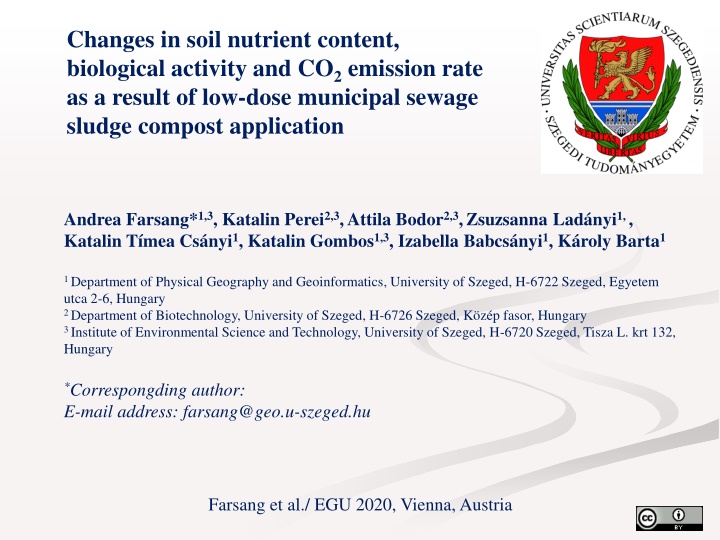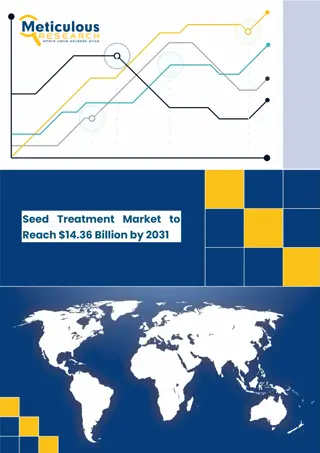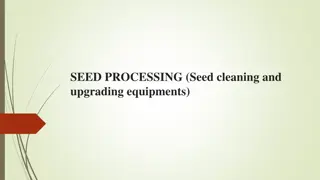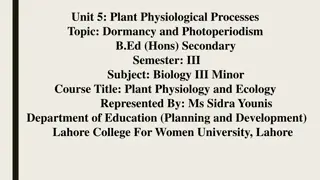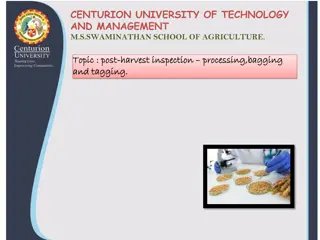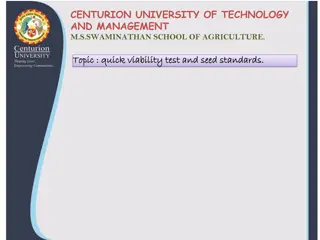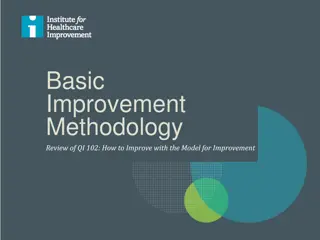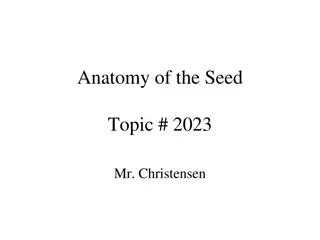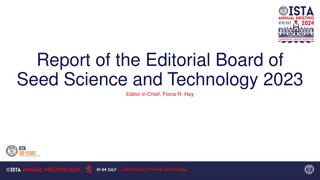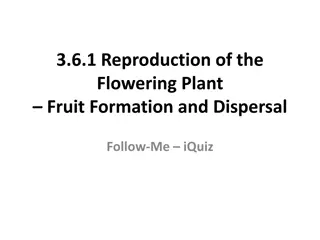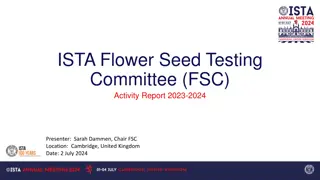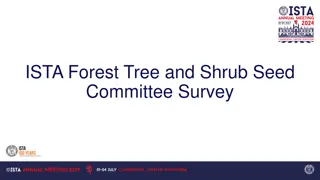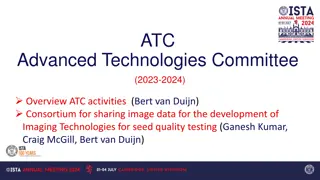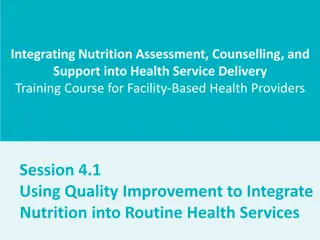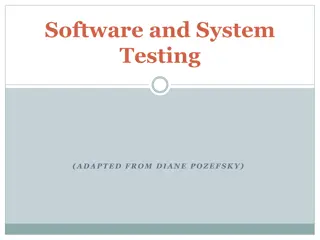Seed Processing: Quality Testing and Seed Improvement
Seed processing involves the critical steps of removing impurities, enhancing quality, and preparing seeds for market standards. Pre and post-processing quality testing of seeds play a vital role in ensuring the production of high-quality seeds for optimal crop yield. The process includes activities such as separation, upgrading, and removal of inert materials, weed seeds, and damaged seeds. Proper seed processing is essential for maintaining seed purity and enhancing seed quality.
Download Presentation

Please find below an Image/Link to download the presentation.
The content on the website is provided AS IS for your information and personal use only. It may not be sold, licensed, or shared on other websites without obtaining consent from the author.If you encounter any issues during the download, it is possible that the publisher has removed the file from their server.
You are allowed to download the files provided on this website for personal or commercial use, subject to the condition that they are used lawfully. All files are the property of their respective owners.
The content on the website is provided AS IS for your information and personal use only. It may not be sold, licensed, or shared on other websites without obtaining consent from the author.
E N D
Presentation Transcript
Changes in soil nutrient content, biological activity and CO2 emission rate as a result of low-dose municipal sewage sludge compost application Andrea Farsang*1,3, Katalin Perei2,3, Attila Bodor2,3,Zsuzsanna Lad nyi1, , Katalin T mea Cs nyi1, Katalin Gombos1,3, Izabella Babcs nyi1, K roly Barta1 1 Department of Physical Geography and Geoinformatics, University of Szeged, H-6722 Szeged, Egyetem utca 2-6, Hungary 2 Department of Biotechnology, University of Szeged, H-6726 Szeged, K z p fasor, Hungary 3 Institute of Environmental Science and Technology, University of Szeged, H-6720 Szeged, Tisza L. krt 132, Hungary *Correspongding author: E-mail address: farsang@geo.u-szeged.hu Farsang et al./ EGU 2020, Vienna, Austria
1. Introduction Land application of sewage sludge is an increasingly popular means of the reuse of sewage sludge as it allows for recycling of valuable components, such as organic matter, N, P and other nutrients. Indeed, sewage sludge amendment to the soil modifies the soil s physico-chemical properties, such as plant-available macro/micro nutrient contents, organic matter content. Additionally, sewage sludge applications can significantly increase the amount of microbial biomass in the soil and can also increase the soil enzyme activities. The aim of the present study is to investigate the impact of low-dose municipal sewage sludge compost amendment on the nutrient status and the biological activity in Chernozem soils. Farsang et al./ EGU 2020, Vienna, Austria
2. Study area The study area, located near jk gy s (SE Hungary), is a 5.6 ha arable land, where 2.5 m3/ha/year municipal sewage compost has been regularly disposed since 2013. Farsang et al./ EGU 2020, Vienna, Austria
3. Methods The pH (in H2O) and humus content of soils were measured according to standard procedures. The macronutrients P2O5 and K2O were extracted using ammonium-lactate, while the nitrogen forms (NO2- + NO3- -N) were extracted with KCl-solution. The nutrient content was then determined by a flow injection analysis photometer. In order to determine the bacterial composition and enzyme activity of the soil samples, the number of living cells (CFUs), the catalase enzyme activity (CAT) and the dehydrogenase activity (DHA) were determined. The CO2 emission was measured by an EGM-5 Portable High Precision CO2 Meter in the field. Application of the EGM-5 under winter wheat Farsang et al./ EGU 2020, Vienna, Austria
4. Result and discussion Basic soil parameters between 2013 and 2018 (before the compost treatments and afterwards) in the topsoils of the study area near jk gy s (Hungary) Farsang et al./ EGU 2020, Vienna, Austria
4. Result and discussion The Pb, Cr and Ni concentrations in the sewage compost treated soils and soils before treatment Farsang et al./ EGU 2020, Vienna, Austria
4. Result and discussion The extractable nutrient (K2O, NO2 + NO3--N, P2O5 ) and humus contents in the sewage-treated and the control soils Farsang et al./ EGU 2020, Vienna, Austria
4. Result and discussion Results of the bacteriological tests Farsang et al./ EGU 2020, Vienna, Austria
5. Conclusion The sewage sludge compost applied to Chernozem soils improved soil properties by adding slowly decomposing organic matter, abundant in plant macronutrients (N, K, P). Moreover, the sewage sludge compost spreading on field seemingly causes some heavy metal enrichment. The anaerobic microorganisms and the DHA enzyme activity in the anaerobic soil layers did not increase in the compost-amended soils. The aerobic microorganisms (CFUs) and CAT activity tended to be higher in treated soils compared to the non-amended (control) site, however not significantly. These results suggest that the soil biological activity is only moderately affected by the low-dose municipal sewage sludge compost applications. According to our field CO2 emission measurements, the yearly application of the sewage sludge compost in a low-dose seemingly did not affect the soil respiration rates, compared to a local control site. Farsang et al./ EGU 2020, Vienna, Austria
The research was funded by the Thematic Network for the Sustainable Use of Re-sources RING2017 project (program code: EFOP-3.6.2-16-201700010). Farsang et al./ EGU 2020, Vienna, Austria
